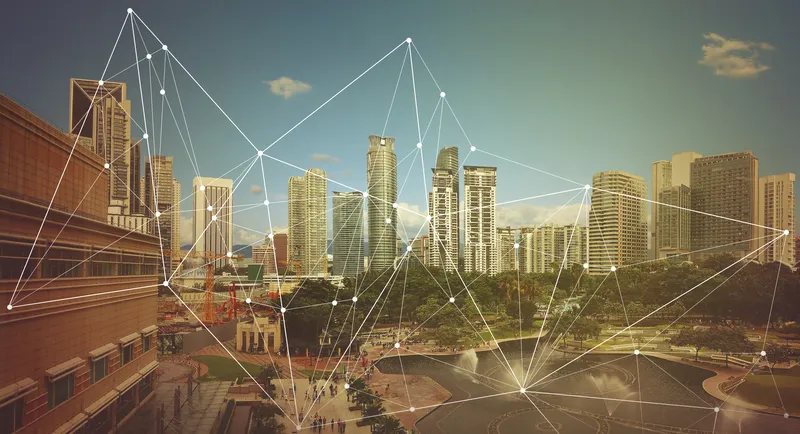Transport operator Keolis, working with AMA XpertEye, has begun testing the use of virtual reality glasses as part of its maintenance and operational performance strategy for the Boston, Massachusetts commuter rail system, in an effort to determine if the technology can help to cut repair times in remote locations.
September 16, 2016
Read time: 1 min
Transport operator
Connected to a smartphone, the glasses enable field technicians to capture and send video images in real time and to discuss maintenance or repairs with an expert back at the main maintenance facility.
If the trial is successful, the innovation will then be rolled out across all Keolis services.










